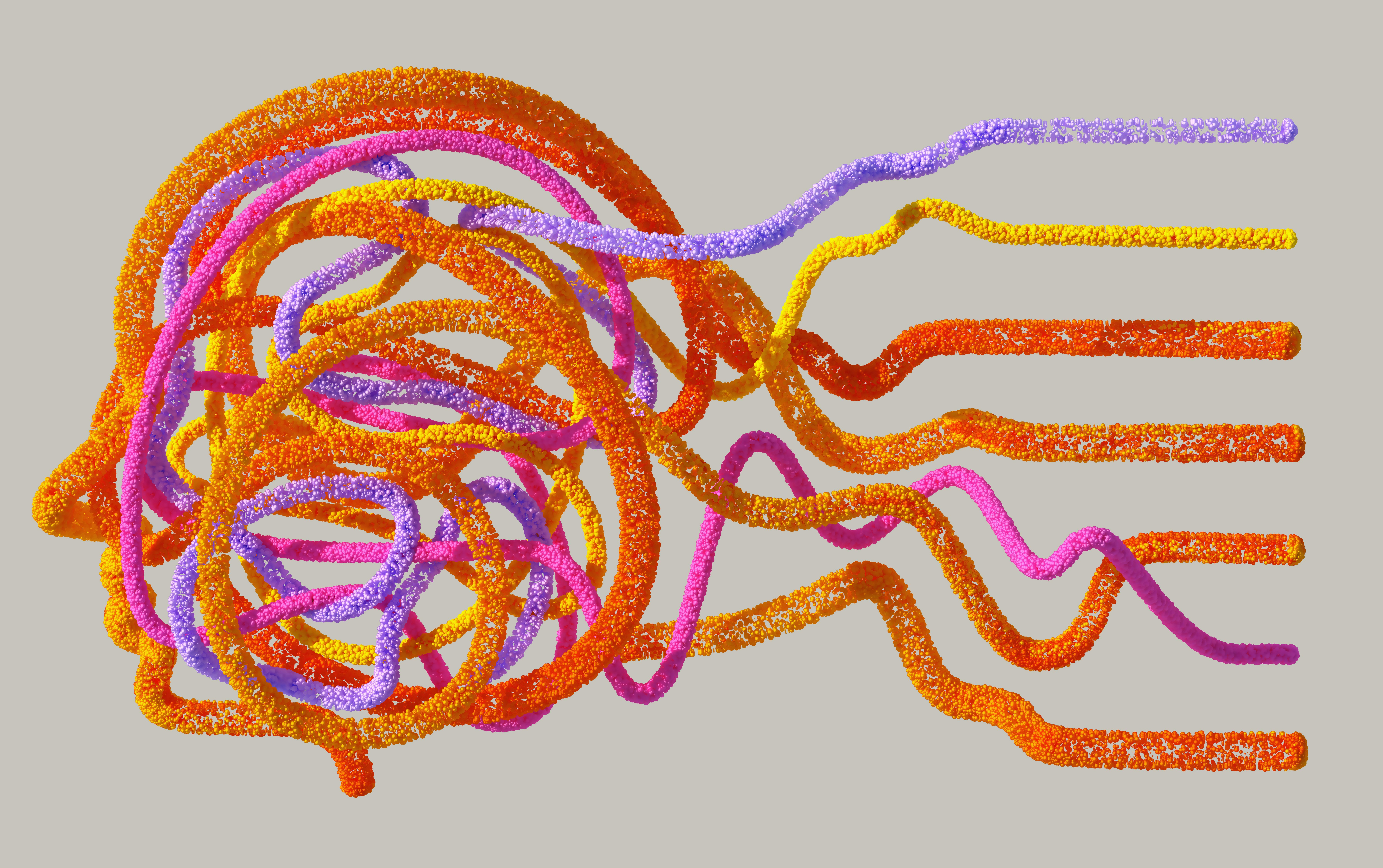Are you ready to revolutionise the world with TEKEVER?
Join TEKEVER, the European leader in unmanned technology, where groundbreaking advancements meet unparalleled innovation. Our industry-leadingSurveillance-as-a-Servicesolution delivers real-time intelligence, enhancing maritime safety and saving lives. By setting new benchmarks in intelligence services, data, and AI technologies, TEKEVER is reshaping global safety and driving the future.
At TEKEVER, we enable critical decision-making with mission-oriented solutions and transformative innovation. If you're passionate about technology and eager to make a tangible difference, TEKEVER is the place for you!
Were seeking a talentedSoftware Engineerwith expertise inGIS developmentfocused on maps, navigation, and geospatial intelligence (GEOINT). This role involves designing and maintaining GIS applications for web or desktop platforms, ensuring exceptional performance and seamless user experiences.
What will be your responsabilities:
- Application Development:Design and develop GIS applications for web or desktop platforms, with a focus on maps, navigation, and GEOINT.
- Feature Collaboration:Work with cross-functional teams to define and implement innovative features.
- Performance Optimization:Ensure applications are highly responsive and optimized for performance.
- Debugging:Identify and resolve software issues effectively.
- Service Integration:Develop and integrate GIS services and APIs.
- Code Quality:Conduct code reviews to maintain high standards of code quality.
Profile and Requirements:
- Education:Bachelors degree in Computer Science, Software Engineering, or a related field.
- Language Requirements: Advanced proficiency in English, with proven fluency at the C2 level.
- GIS Expertise:Proven experience in GIS development, particularly with maps, navigation, and GEOINT.
- Technical Skills:Proficiency in programming language C#.
- GIS Tools:Hands-on experience with tools like ArcGIS, QGIS, or MapInfo.
- Technologies:Familiarity with desktop frameworks (WPF).
- Spatial Data:Knowledge of spatial databases and geospatial data formats.
- Problem-Solving:Strong problem-solving skills and attention to detail.
- Teamwork:Excellent communication and collaboration abilities.
- Cloud Solutions:Experience with cloud-based GIS solutions.
- Machine Learning:Knowledge of machine learning applications for geospatial data.
- DevOps:Familiarity with DevOps practices and CI/CD pipeline
What we have to offer you:
- Attractive Salary Package & Benefits:Competitive salary and pension scheme.
- Generous Leave Policy:25 days annual leave plus UK Bank Holidays.
- Employee Assistance Programme:Comprehensive support for your well-being.
Do you want to know more about us ?
Visit our LinkedIn page athttps://www.linkedin.com/company/tekever/


